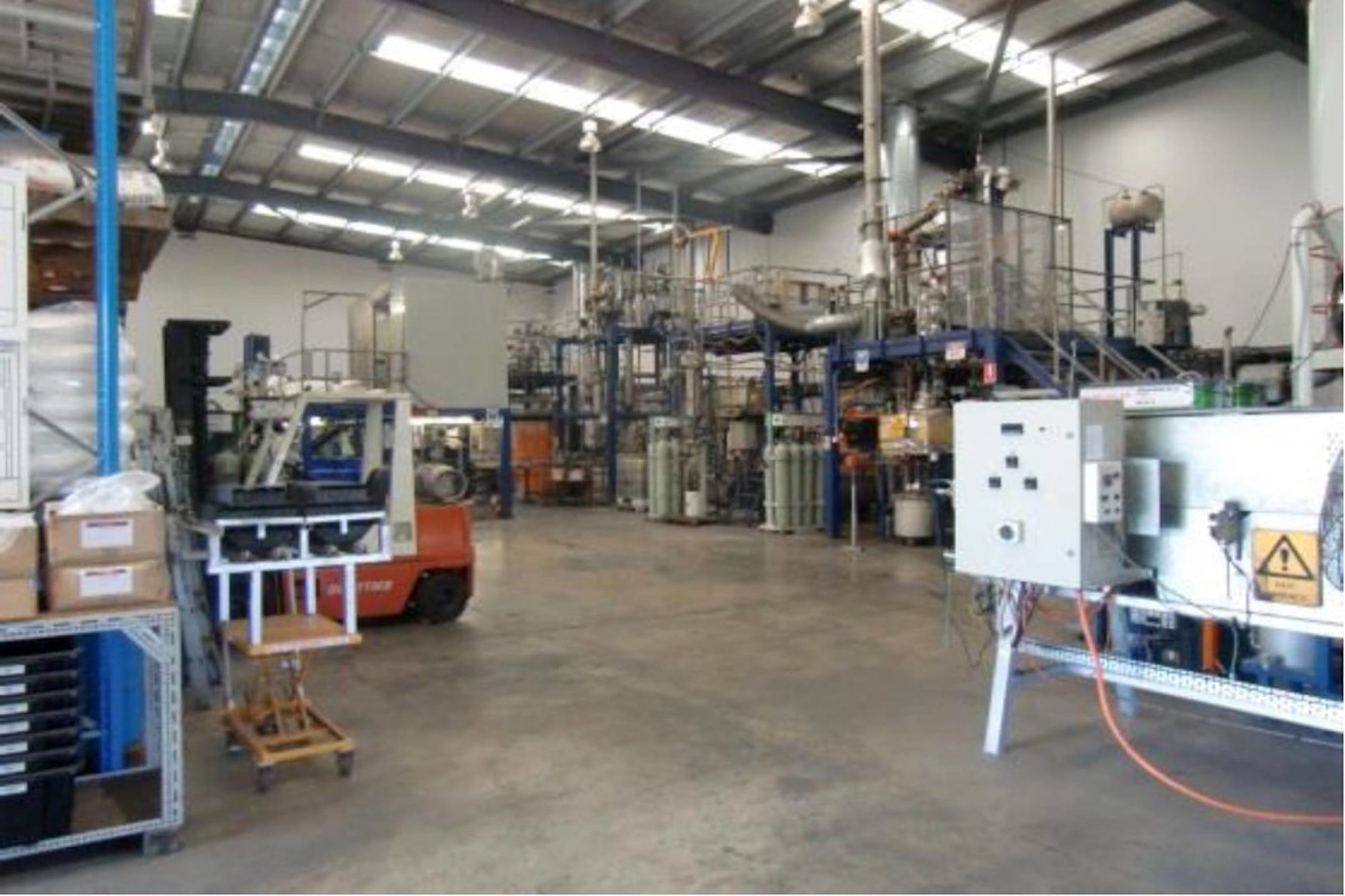New bulk sample tests are to be undertaken at the laboratories of ANSTO Minerals (a division of the Australian Nuclear Science and Technology Organisation) in Sydney next month, in a move that, potentially, will see waste material used to commercially enhance Western Australia’s ranking as the world’s largest lithium producer.
- New potential for waste materials to contribute to commercial lithium production
- Source in Western Australia (WA) selected for additional ANSTO pilot plant run
- August test schedule in Sydney, with results by year’s end
- Multiple feed sources identified for new lithium processing large-scale pilot plant (LSPP)
- LSPP front-end engineering and design study nearing completion.
The tests, at a new and specially built facility at ANSTO’s Lucas Heights laboratories, were initiated by Perth-based Lithium Australia, which specialises in the development of processing technologies that deliver sustainable and ethical supply solutions to the battery materials industry.
Lithium Australia will conduct tests on concentrates derived from lithium mica, long considered waste material by the mining industry. The mica, which will be sourced from one of two sites in WA’s eastern Goldfields region, will be assessed for its suitability as base feedstock for the company’s proposed LSPP, on which work is anticipated to commence early in 2019.
According to Lithium Australia, which is developing disruptive technologies for the production of battery materials, says WA’s world-class ‘Lithium-fields’ host abundant pegmatites, many of which contain lithium micas.
The company’s pursuit of potential feed sources for its LSPP has already identified lithium mica deposits in France and Germany, as well as the two deposits in the eastern Goldfields region.
In Germany, a maiden resource has been defined under Lithium Australia’s strategy to develop high-specification cathode materials and lithium-ion battery recycling technologies.
Lithium Australia managing director Adrian Griffin has confirmed that the company had undertaken substantial bench-scale test work on lithium micas sourced from its 80%-owned Lepidolite Hill deposit in the eastern Goldfields.
“However, far less test work has been carried out on a second lithium mica-style Goldfields deposit, designated Waste2; however, early laboratory tests show that concentrates produced from Waste2 have metallurgical characteristics that vary from other micas tested,” Mr Griffin continued.
“This is because the Waste2 concentrates are a mixture of muscovite (a common, low-lithium-content mica) and lepidolite (a common lithium mica).
“To help complete the final design parameters for the LSPP, a bulk concentrate from Waste2 has therefore been produced via froth flotation and will undergo testing at the newly constructed facility at Lucas Heights, which is based on Lithium Australia’s proprietary SiLeach® processing technology.
“This plant reflects our latest SiLeach operating conditions, including recovery of lithium by phosphate precipitation.”
The pilot plant run will commence in early August and produce lithium products to commercial specifications.
The data acquired during the test run will be used to finalise front-end engineering and design (FEED) criteria.
Lithium Australia, in conjunction with CPC Project Design and ANSTO Minerals, anticipates completion of the FEED study in the September 2018 quarter.
Location trade-off evaluations are being undertaken in conjunction with this study.
Griffin said the new tests would demonstrate that processing the Waste2 material via a SiLeach pilot plant generates a commercial lithium chemical in addition to valuable by-products.
“The lithium chemical will also be sent to VSPC, our Brisbane nanotechnology plant, where it will be processed into battery cathode material, then tested at the in-house battery facility there.
“Results on the suitability of this chemical for battery use should be available in the December quarter.”
Lithium Australia’s technology comprises the SiLeach and LieNA® lithium extraction processes, along with superior cathode material production courtesy of VSPC Ltd (a wholly owned subsidiary of Lithium Australia) and enhanced recycling techniques for battery materials. By uniting resources and the best available technology, Lithium Australia seeks to establish a vertically integrated lithium processing business.











